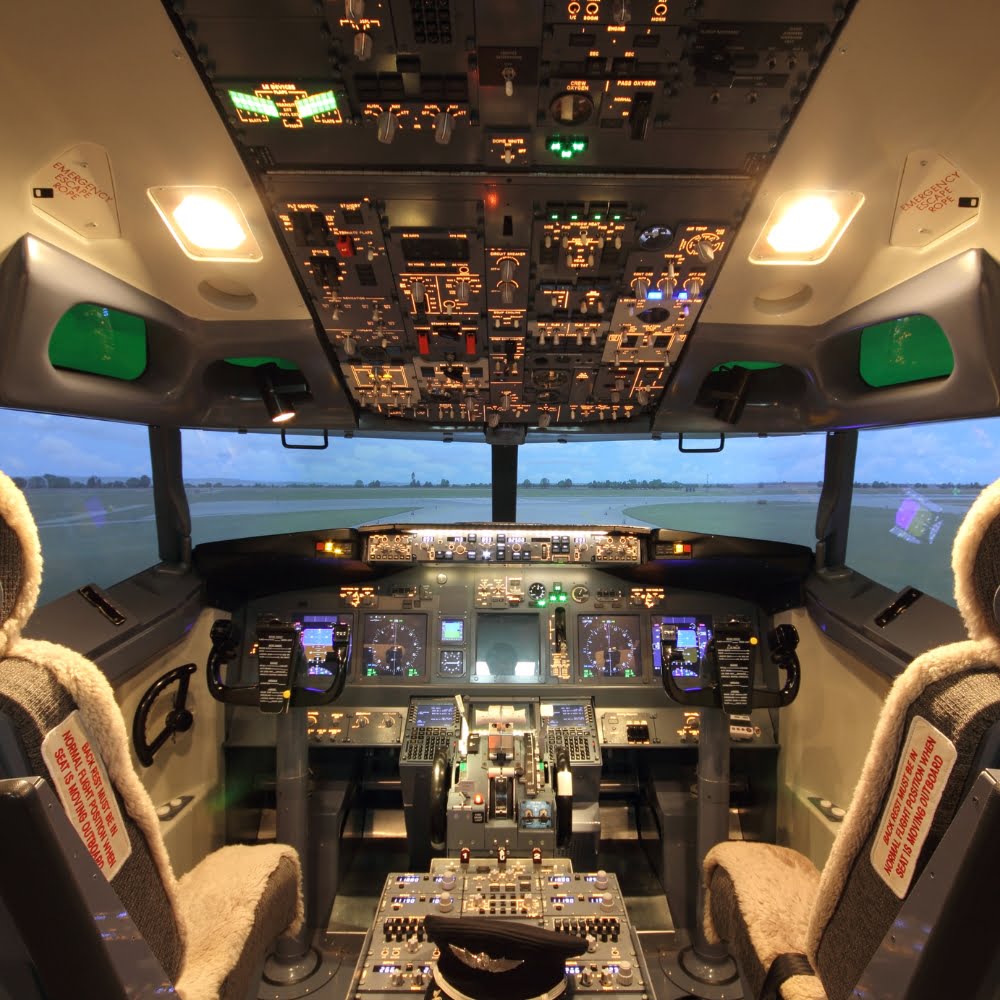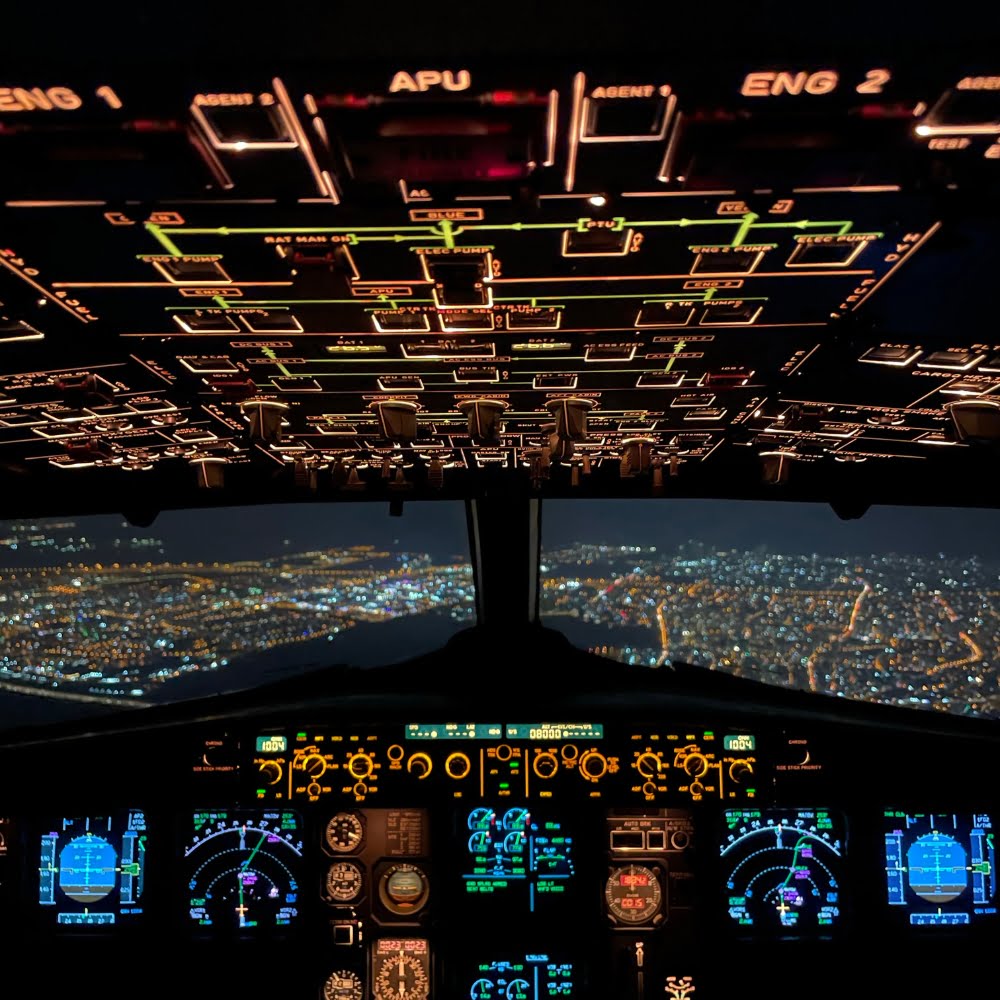Professional Pilot Course
Commercial Pilot License
CPL(A) training is intended for pilots looking to take the next step in their career, towards becoming a professional pilot. CPL(A) holders may seek employment with commercial airlines.
Initial training raises the proficiency of the student in general handling and flight in the airfield circuit to a commercial standard. The next section covers IMC training during which the student will learn to fly solely by the use of instruments, to navigate using radio aids, and to an instrument pattern.
Following this, the training focuses on cross-country flight, which includes VFR and IFR en-route procedures, diversion procedures, and abnormal and emergency operations.
The final section consists of preparation and a formal pre-test assessment. You will also learn to use the full functionality of the Garmin G1000.
Initial training raises the proficiency of the student in general handling and flight in the airfield circuit to a commercial standard. The next section covers IMC training during which the student will learn to fly solely by the use of instruments, to navigate using radio aids, and to an instrument pattern.
Following this, the training focuses on cross-country flight, which includes VFR and IFR en-route procedures, diversion procedures, and abnormal and emergency operations.
The final section consists of preparation and a formal pre-test assessment. You will also learn to use the full functionality of the Garmin G1000.


Private Pilot License
Whether you desire to operate a plane for pleasure or commence a career as an airline pilot, the first step is to get the initial permission to fly – acquire a Private Pilot Licence (PPL). As a proud PPL holder, you will be able to operate a single-engine aircraft and enjoy the magnificent bird’s eye views.
The aim of the PPL course is to train pilots to the level of proficiency necessary to enable them to operate as private pilots in Command on Single Engine Piston airplanes under Visual Flight Rules (VFR). The PPL is a single course designed to train the students from zero up to the PPL.
The aim of the PPL course is to train pilots to the level of proficiency necessary to enable them to operate as private pilots in Command on Single Engine Piston airplanes under Visual Flight Rules (VFR). The PPL is a single course designed to train the students from zero up to the PPL.
Modular Program Towards The Frozen ATPL(A) License
The modular training program is one of the most flexible ways of getting a commercial pilot license (CPL) to engage in commercial aircraft operations. As the word “modular” suggests, the training is completed stage by stage, with an individual rating acquired by each of these training steps. This leaves most of the flexibility not only to individually design your training flow, but also to easily tailor the training towards any desired license conversion.
It is called “frozen” ATPL because it indicates that the pilot has completed the theoretical knowledge and flight training requirements for an ATPL, but has not yet met the flight experience requirements necessary to hold a full ATPL, which is to be achieved through the airline first officer career.
It is called “frozen” ATPL because it indicates that the pilot has completed the theoretical knowledge and flight training requirements for an ATPL, but has not yet met the flight experience requirements necessary to hold a full ATPL, which is to be achieved through the airline first officer career.


ATPL Theory
Do you already hold a PPL(A) or CPL(A) licence and desire to finally acquire an ATPL(A) frozen in order to start your pilot‘s career? This course is designed for those who need to pass the ATPL theory exams.
The training is conducted via a distance learning platform and with the classroom brush-up sessions and its duration highly depends on your ability to master the material and pass exams. You will do 14 subject theory course under EASA standards and will need to pass 14 exams at CAA, respectively, in order to pass the course.
The training is conducted via a distance learning platform and with the classroom brush-up sessions and its duration highly depends on your ability to master the material and pass exams. You will do 14 subject theory course under EASA standards and will need to pass 14 exams at CAA, respectively, in order to pass the course.
Time Building
At various times during their training and in their careers, many professional pilots find that they need to get more flying hours in order to progress. This may happen quite early on, when training for a CPL (Commercial Pilot’s License), for which a minimum of 200 hours total flight time is required. It may be a requirement for a particular flying job, as a CPL, or at any other stage of your career.
With Flight Training Balkan, time building is not just a plane rental. For each student, we deploy an individual approach, transforming time building hours into tailor-made preparation for the commercial pilot training.
With Flight Training Balkan, time building is not just a plane rental. For each student, we deploy an individual approach, transforming time building hours into tailor-made preparation for the commercial pilot training.


Instrument Rating
Is your dream to fly a big airplane and you are currently holding a PPL(A) or a CPL(A) licence? Then the Instrument Rating (IR(A)) module is what you need to pursue further. This module allows you to fly under the Instrument Flight Rules (IFR) under Instrument Meteorological Conditions (IMC).
This course aims to train pilots to the standards required to pilot airplanes during IFR flight and in instrument meteorological conditions (IMC). The training focuses on the correct operation of avionics and the specific requirements on piloting technique and communication during flight, approach, and landing.
You will also learn to use the full functionality of the Garmin G1000 glass cockpit.
This course aims to train pilots to the standards required to pilot airplanes during IFR flight and in instrument meteorological conditions (IMC). The training focuses on the correct operation of avionics and the specific requirements on piloting technique and communication during flight, approach, and landing.
You will also learn to use the full functionality of the Garmin G1000 glass cockpit.
Multi Engine Piston Rating
Do you hold a PPL(A) or CPL(A) license and would like to be able to fly a multi-engine aircraft? Then a multi-engine piston rating is a must! This rating is also mandatory if you want to take your first type rating course eventually.
The Multi-Engine Piston – MEP(A) class rating extends the privileges of a Private Pilot License – PPL(A) or Commercial Pilot License – CPL(A) and allows you to pilot aircraft with more than one engine. One of the main take-aways of the training is to understand the differences between a single-engine piston and a multi-engine piston aircraft.
Once you complete your Multi-Engine Piston training, you will get your MEP(A) qualification added on your Private Pilot License – PPL(A) or Commercial Pilot License – CPL(A).
The Multi-Engine Piston – MEP(A) class rating extends the privileges of a Private Pilot License – PPL(A) or Commercial Pilot License – CPL(A) and allows you to pilot aircraft with more than one engine. One of the main take-aways of the training is to understand the differences between a single-engine piston and a multi-engine piston aircraft.
Once you complete your Multi-Engine Piston training, you will get your MEP(A) qualification added on your Private Pilot License – PPL(A) or Commercial Pilot License – CPL(A).


Night Rating
An VFR (Visual Flight Rules) Night qualification allows you to fly at night in VFR conditions. Night flight training prepares you for the increased mental load associated with lower ground and horizon visibility and the relative lack of visual references, factors which make spatial orientation difficult.
Flying at night reduces one’s ability to gauge distance, altitude, turn rate, and airspeed, leaving pilots prone to a number of spatial orientation illusions and misapprehensions.
Likewise, the pilot’s ability to operate cabin controls, taxi, and gauge speed when taxiing is significantly poorer. With the exception of taxiing, takeoff, and landing, piloting technique is similar to instrument flight; however, in VFR NIGHT the pilot is required to verify their position in the air and relative to other airplanes visually.
Flying at night reduces one’s ability to gauge distance, altitude, turn rate, and airspeed, leaving pilots prone to a number of spatial orientation illusions and misapprehensions.
Likewise, the pilot’s ability to operate cabin controls, taxi, and gauge speed when taxiing is significantly poorer. With the exception of taxiing, takeoff, and landing, piloting technique is similar to instrument flight; however, in VFR NIGHT the pilot is required to verify their position in the air and relative to other airplanes visually.
